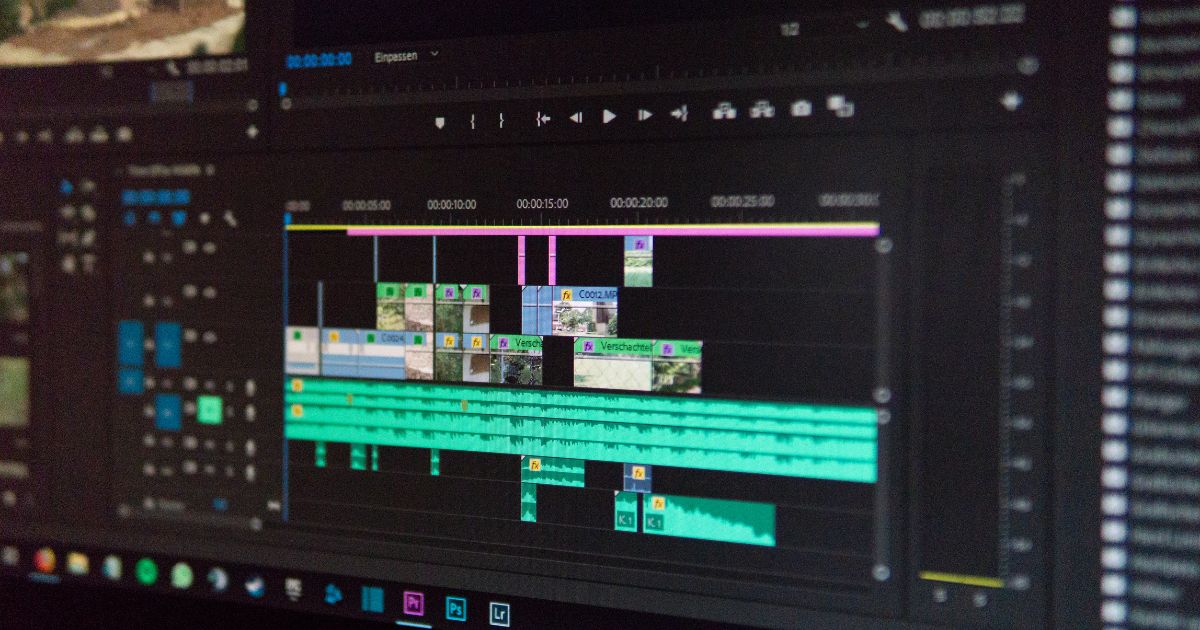Most businesses know they need video content these days. What they don’t always grasp is the massive difference between recording something on a smartphone and creating a piece of content that actually represents their brand properly. There’s a whole world of expertise that goes into transforming a basic concept into something that makes people stop scrolling and pay attention.
The gap between amateur and professional video work isn’t just about having fancier cameras. It’s about understanding how to tell a story visually, how to pace information so viewers stay engaged, and how to polish everything until it feels cohesive and intentional. When someone watches a well-produced brand video, they’re not thinking about the technical elements—they’re absorbed in the message. That’s the goal.
The Strategic Foundation That Makes Everything Work
Before anyone picks up a camera, there’s a planning phase that separates projects that succeed from those that fall flat. This is where production teams sit down with businesses to figure out what they’re actually trying to communicate. Not just “we want a promotional video,” but who needs to see this content, what action should they take afterward, and what feeling should linger after they’ve watched it.
A solid video production company Singapore will push back on vague briefs and help refine the message until it’s crystal clear. They’ll ask uncomfortable questions about target audiences and brand positioning because they know that beautiful footage means nothing if it’s not saying the right thing to the right people. This strategic alignment up front is what prevents expensive revisions later when a business realizes the video doesn’t quite capture what they meant.
The best production partners bring creative solutions to the table that clients haven’t considered. Maybe the initial brief called for talking head interviews, but there’s a more dynamic way to show the company culture through observational footage and employee interactions. Or perhaps the product demonstration would work better as an animated sequence rather than live action. These suggestions come from experience with what actually performs well and what tends to underwhelm audiences.
Where the Real Transformation Happens
Here’s the thing about filming—it’s only capturing raw material. The footage coming off the camera is ungraded, probably too long, definitely not in the right order, and missing all the elements that will eventually make it feel complete. Post-production is where everything comes together, and it’s a much bigger lift than most people realize.
Editing isn’t just cutting out the bad parts. It’s about rhythm and pacing, knowing exactly how long to hold on a shot before it gets boring, when to cut for impact, and how to structure information so it builds naturally. A skilled editor can take mediocre footage and make it engaging through clever cutting and timing. They’re thinking about viewer psychology with every decision—where eyes will be drawn on screen, when energy needs to pick up, where a moment of pause creates anticipation.
Color grading is another layer that completely changes the feel of footage. The same scene can look cold and corporate or warm and inviting depending on how the colors are treated. Professional colorists aren’t just making things look pretty—they’re supporting the emotional tone of the story and ensuring visual consistency across every shot, even when filming happened across different days with different lighting conditions.
Sound design often gets overlooked until someone watches a video with bad audio and realizes how distracting it is. Professional productions layer in music, sound effects, ambient noise, and carefully mixed dialogue that all work together without competing for attention. The audio should feel natural and support the visuals without drawing attention to itself. Getting that balance right takes serious expertise.
The Technical Polish That Builds Trust
When someone watches a professionally produced brand video, they’re making subconscious judgments about the company behind it. Smooth, polished content suggests competence and attention to detail. Shaky footage with inconsistent audio makes people question whether the business takes itself seriously.
Motion graphics and text overlays need to feel integrated rather than slapped on as an afterthought. Typography choices, animation timing, and graphic style all need to align with brand guidelines while remaining readable and unobtrusive. These elements guide viewers through the content and emphasize key points without overwhelming the main message.
The revision process is where production teams prove their value. Professional crews build in time for feedback and refinement because they know the first cut is never perfect. They’re not defensive about changes—they want the final product to nail exactly what the client envisioned. But they’ll also push back when requested changes would weaken the video, offering alternatives that address the concern while maintaining quality.
What Quality Production Actually Delivers
The return on investment for professional video content shows up in ways that are sometimes hard to quantify but easy to feel. Brand perception shifts when people see polished, thoughtful content that respects their time and intelligence. Engagement metrics improve because well-produced videos hold attention better than amateur attempts.
Videos become versatile assets that can be repurposed across platforms. A single professional shoot can yield content for websites, social media, presentations, and trade shows. The production value gives that content staying power—it won’t look dated next month because it was made with lasting quality in mind.
There’s also something to be said for the experience of working with a team that knows what they’re doing. Instead of stressing over technical details, business owners can focus on their message and trust that the production side is handled. That peace of mind alone is worth something, especially when the stakes are high for a major campaign or product launch.
Making the Investment Count
Professional video production isn’t cheap, but treating it as an expense rather than an investment misses the point. Quality content works harder and lasts longer than budget alternatives. It opens doors that amateur videos simply can’t, whether that’s landing on a client’s shortlist or getting featured in industry publications.
The businesses getting the most value from video are the ones approaching it strategically. They’re thinking about their content library as a whole, planning multiple uses for footage, and building relationships with production teams who understand their brand deeply enough to execute without constant hand-holding.
When brand stories are told with skill and polish, they don’t just inform—they persuade, inspire, and stick in memory long after the video ends. That’s the transformation professional production delivers, and it’s what separates forgettable content from videos that actually move the needle for a business.








